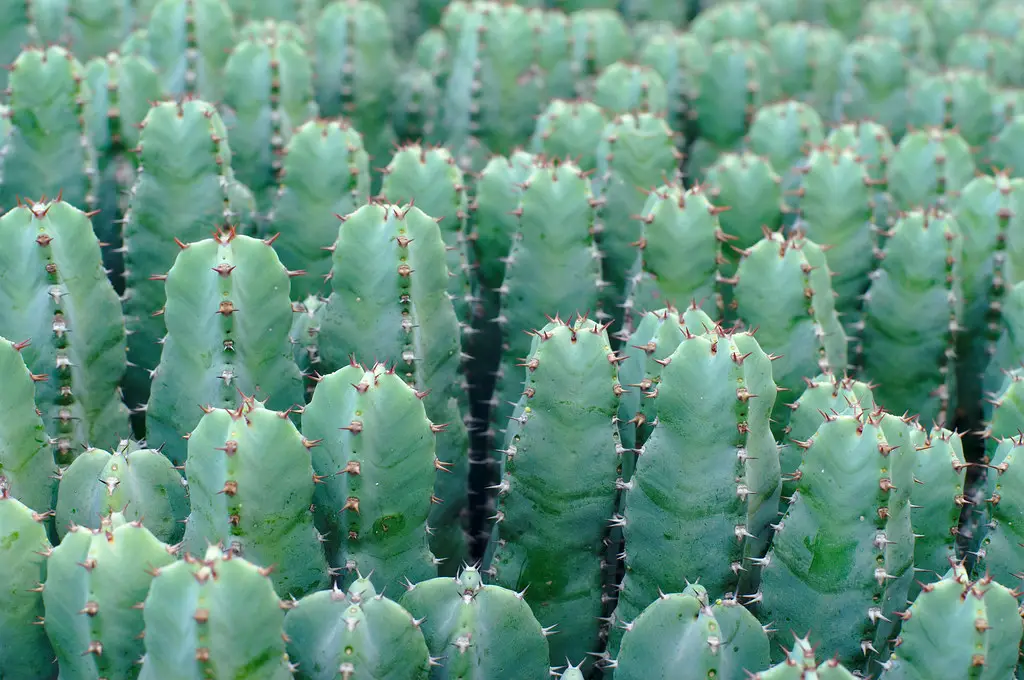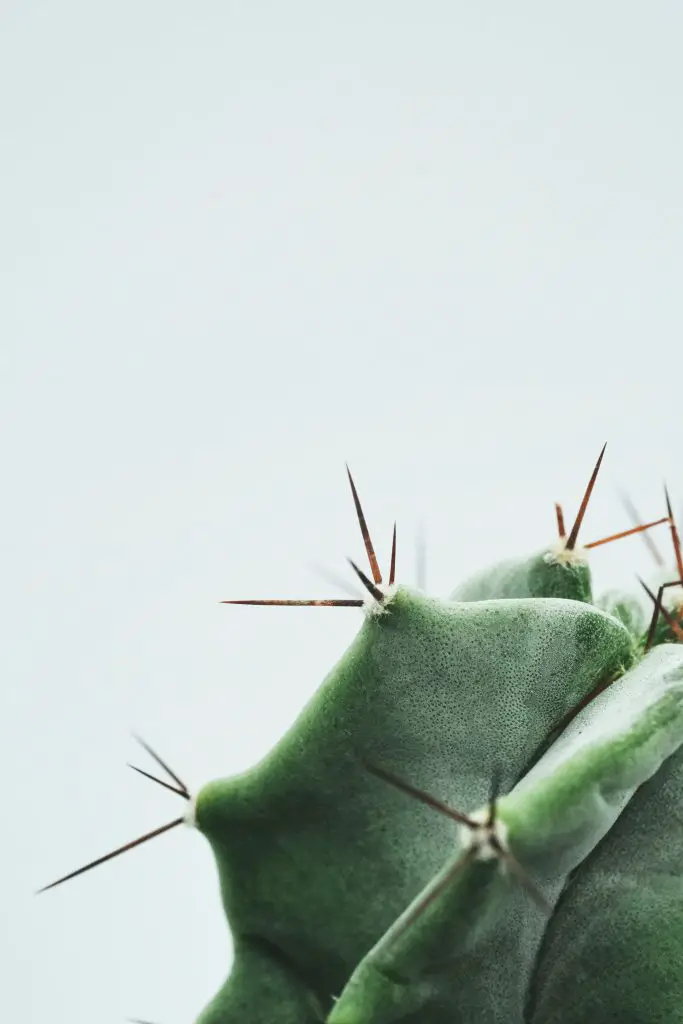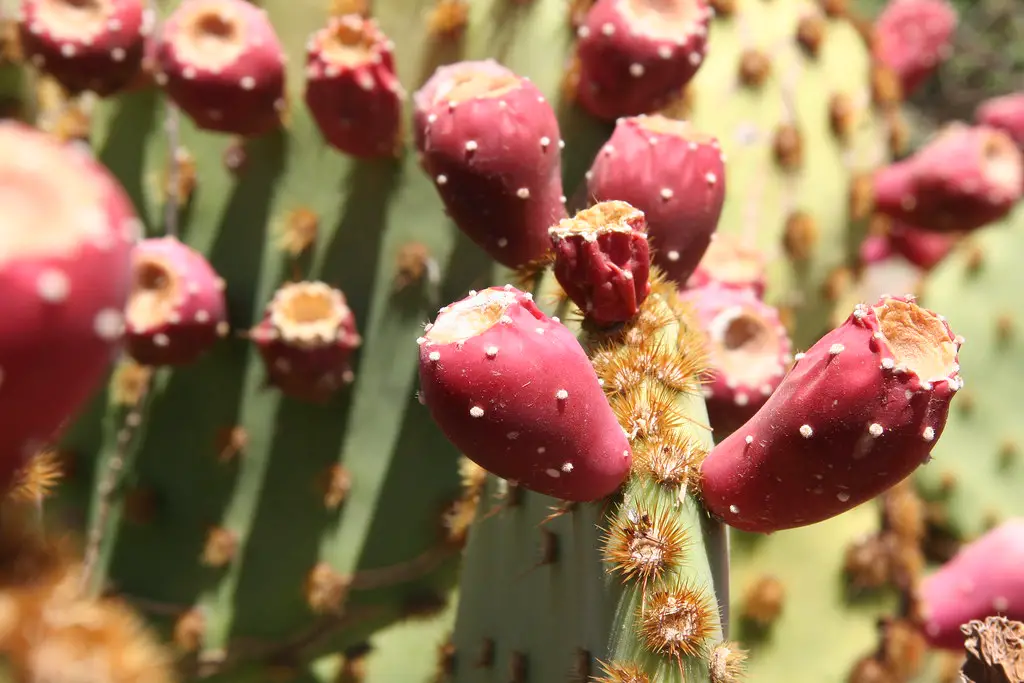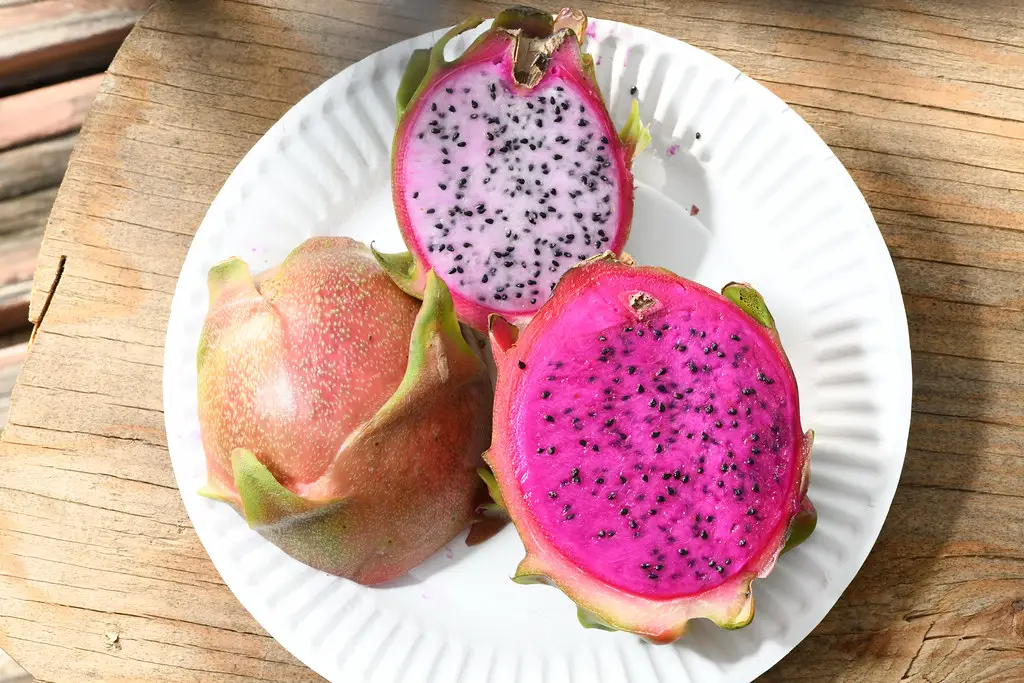Are Cactus Poisonous? Cactus plants are popular plants that are used widely in many different types of gardens. However, they’re not the friendliest plants when it comes to pets and young children who can often prick themselves easily when going past them. So when this does happen is there any danger of a cactus creating any problems for your children or pets?
Cactus plants are not poisonous to humans and the spines on their surface do not contain poisons of any type. The main issue that you may experience is skin irritations if a spine or thorn gets lodged in your skin. However, it is important to recognize that there are similar-looking plants from the euphorbia family that are poisonous and are often mistaken for cactus plants.
All plants in the euphorbia family contain a milky white sap which is highly alkaline and will cause severe burns if it comes into contact with skin or eyes. This material is so dangerous that there are literally hundreds of cases every year of people being hospitalized due to coming into contact with this sap. However, this sap is only appears when the plant is cut.
As some of these varieties is of euphorbia have physical features that are so similar to some cactus varieties the only way to tell whether you have a cactus plant or a euphorbia is to actually make an incision into the plant and see whether white sap comes out. An example of a euphorbia that looks like a cactus is shown in the image below, to read more about this click here.

What To Do If You Are Pricked By A Cactus?
If you are unlucky enough to get pricked by cactus there are a few steps you need to undertake to safely treat the wound. The first important step is to remove any needles or spines that are sticking out of the skin with a pair of tweezers in a straight motion to ensure you don’t increase the size of the wound.
However, in some cases, the needles may be buried below the skin which means that you need to carefully coax the needles toward the entry point of the wound. This can be done by pressing down on the skin just below where the tip of the needle is and pushing upward towards the wound.
This should progressively move the needle towards the entry point of the wound. Once the tip of the needle can be seen poking out of the wound tweezers can be used to remove it.
In extreme cases where the needle has gone straight down into the skin, it may require you to visit a doctor to help with the removal of the needle.
Once you have successfully removed all the needles from the wound the area should be cleaned and disinfected before applying an antibiotic ointment to ensure that there are no bacterial infections.
If the wound, after several hours, is still hurting or showing signs of redness and swelling that is usually indication that you may need to visit a doctor to ensure that the wound is not getting infected.

What Happens If A Cactus Plant Is Eaten?
Most cactus plants are edible, however, the vast majority of them do not taste particularly nice and some are unknown to cause some stomach upsets. This means that if you have a small child or dog that happened to start eating a cactus the likelihood of they’re being a significant problem is minimal for two reasons.
The first reason is that due to the spines that are on most plants the probability of a dog or child attempting to eat a cactus is relatively low. The second reason is that if they do manage to eat some of the cactus the consequences are likely to be minimal provided that it is actually a cactus that they are eating.
However, even though the chances of there being a major problem is low it is still advisable to carefully monitor a person or animal that has eaten the cactus for a period of least a couple of hours to ensure that there are no signs of distress.
Are There Any Types Of Cactus Eaten?
There are some varieties that are eaten routinely as part of a diet. The most common varieties are the prickly pear which is popular in Mexico and the dragon fruit cactus.
The prickly pear fruit is a cactus that can be eaten raw as it is very sweet flesh provided that it is ripe. The fruit appears on the edges of the flat pads of the cactus and has a shape similar to a pear.
These fruits will most commonly appear in mid to late summer through to Autumn and they range in color from Red to Green. The closer the fruit is to a red color the riper it is. However, when removing the fruit from the plant you need to wear gloves as the fruit is covered in glochids. Glochids are little hair-like splinters that can penetrate your skin causing irritation.

Once the fruit is removed from the cactus you will need to remove the glochids. The easiest way to do this is to burn them off the surface of the fruit using an open flame.
Once this is done the skin of the fruit can be removed by cutting the ends of and then slitting down the side of the fruit. This will allow the skin to be pulled back using your fingers. When doing this you will find that there is a thick layer just below the skin that will also come away as you peel the skin off. The fruit can then be sliced up and eaten raw.
The other type of cactus which is particularly popular in Mexico and Southeast Asia is the dragon fruit. The plant itself is a climbing cactus that produces thick succulent like branches with bright red fruit on them.
These fruits a generally easier to harvest than prickly pear because they do not have glochids on the skin. This means that they can be picked directly from the plant. When eating the fruit most people generally cut the fruit in half and then scoop out the white flesh using a spoon.

Relevant Articles
Is The Such A Thing As A Euphorbia Cactus?
Can Cactus Carry Out Photosynthesis?
What Is The Difference Between Cactus And Aloe Vera?
What is the Difference Between a Cactus And An Agave?
